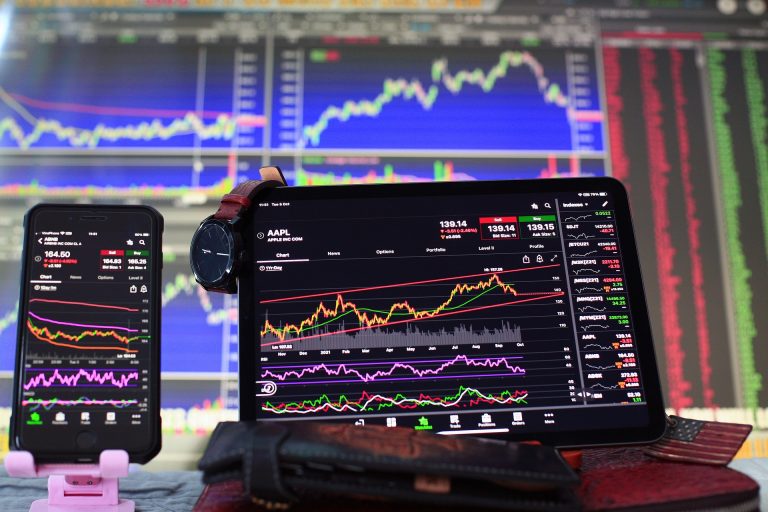17-8-2023 (SINGPAORE) Asian shares tumbled to their lowest levels in nine months on Thursday, while the dollar reached a two-month high. Investor concerns about China’s sluggish economic recovery and fears that the Federal Reserve might still raise interest rates were the primary drivers behind the market selloff.
MSCI’s broadest index of Asia-Pacific shares outside Japan fell to 495.03, its lowest point since November 29. It was last down 1.14% at 497.11, marking an 8% decline for the month of August and the worst monthly performance since September.
Losses were widespread across the Asia-Pacific region on Thursday, with Japan’s Nikkei and Australia’s S&P/ASX 200 index both down 1%.
China’s blue-chip CSI 300 Index dropped by 0.45%, while Hong Kong’s Hang Seng Index fell 1.7%, reaching near nine-month lows.
China’s stock market has been struggling as economic data reveals a slow post-pandemic recovery. Investors remain unimpressed with policymakers’ efforts thus far to provide more aggressive support.
“Investors looking for more aggressive support from policymakers amid soft activity have been disappointed as the recent incremental measures haven’t been sufficient to restore confidence,” said Taylor Nugent, an economist at NAB.
The deepening crisis in China’s property sector has added to the concerns for the world’s second-largest economy. Missed payments on investment products by a leading Chinese trust firm and a decline in home prices have contributed to the prevailing gloom.
Overnight, Wall Street closed lower after the release of minutes from the Federal Reserve’s July meeting, which revealed a division among officials regarding the need for further interest rate hikes.
“Some participants” cited the risks of pushing rates too high for the economy, while “most” policymakers continued to prioritize the fight against inflation.
The Federal Reserve had raised rates by 25 basis points at the July meeting, following a pause in June. Fed Chair Jerome Powell stated at the time that the economy still needed to slow down and the labor market needed to weaken for inflation to “credibly” return to the central bank’s 2% target.
According to ING economists, the comments from officials, including the more hawkish members, suggest a willingness to pause again in September but keep open the possibility of further rate hikes in either November or December.
“We think the Fed will indeed leave interest rates unchanged in September, but we don’t think it will carry through with that final forecast hike,” they said, noting that additional rate hikes could increase the chances of a recession.
Market expectations currently indicate an 86% chance of the Fed maintaining rates next month, as shown by the CME FedWatch tool. There is a 36% chance of a rate hike in the November meeting.
Benchmark 10-year yields rose to 4.288%, the highest level since October 21, with a 16-year peak of 4.338% potentially within sight.
The rising yields boosted the dollar, with the dollar index, which measures the U.S. currency against six major rivals, reaching a two-month high of 103.58 as investors sought safety.
The Japanese yen weakened by 0.07% to 146.42 per dollar, hitting a fresh nine-month low, as traders monitored the possibility of intervention chatter from Japanese officials. Finance Minister Shunichi Suzuki stated on Tuesday that authorities were not targeting specific currency levels for intervention.
Concerns about China and the trajectory of U.S. interest rates also disrupted the commodities market, causing oil prices to decline for the fourth consecutive session. U.S. crude fell by 0.34% to $79.11 per barrel, while Brent was at $83.23, down 0.26% for the day.




